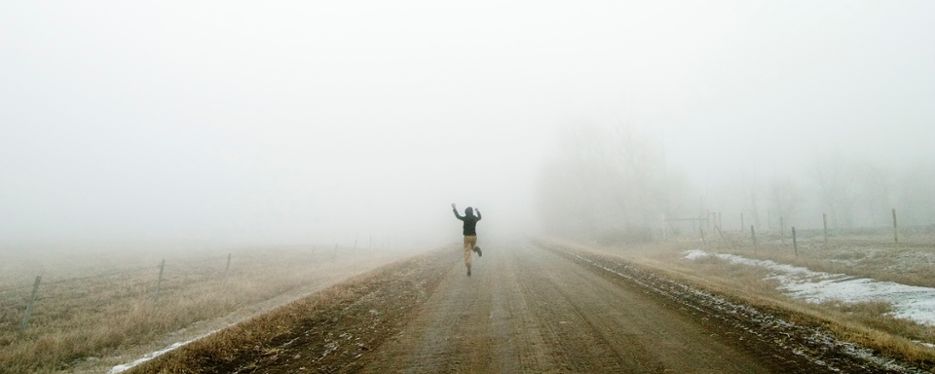When water from sources such as the sea, lakes, vegetation and the land evaporates due to warming, water vapour is added to the atmosphere. In the atmosphere, water can exist as a solid (ice or snow), a liquid (water) or a gas (water vapour).
Humidity in our everyday lives
When air humidity is too low, materials can dry out. When air humidity is too high, this can result in mould or corrosion. If electronics are exposed to air that is too dry, static electricity can be generated. If the humidity is too high, this can create condensation, leading to flashover. If food is stored in conditions that are too dry or too damp, this can lead to food drying out or going mouldy. Air humidity also plays a part in ice accretion on aircraft, wind turbines and masts.
The effect on human health
When relative air humidity – the amount of water vapour in the air in relation to the maximum amount at the prevailing temperature – is high and the wind is weak, the air feels sticky and close. Sweat is then unable to evaporate, and in combination with high temperatures this can lead to heatstroke.
If air humidity is low, humans can cope with high temperatures as long as sweating is able to cool the body. However, there is a risk of dehydration and it is therefore important to supply extra fluids to the body.
Humidity in a future climate
Water vapour is the most important greenhouse gas, with the greatest effect on warming. Carbon dioxide, which is most often talked about, only comes second. Water vapour is mostly due to natural vapour fluxes between the atmosphere and the surface, while the increase in carbon dioxide is mostly due to human emissions and has a residence time of several hundred years.
The results of climate scenarios show that Sweden is expected to become warmer. This means that evaporation will increase, and the amount of water vapour (absolute humidity) in the atmosphere is thus also expected to increase, further strengthening the greenhouse effect. When the amount of water vapour in the atmosphere is greater, there is also a risk that precipitation will become more intense.
However, there is more uncertainty about how relative humidity will change. Relative humidity describes the amount of water in the air in relation to the maximum amount at the prevailing temperature.
